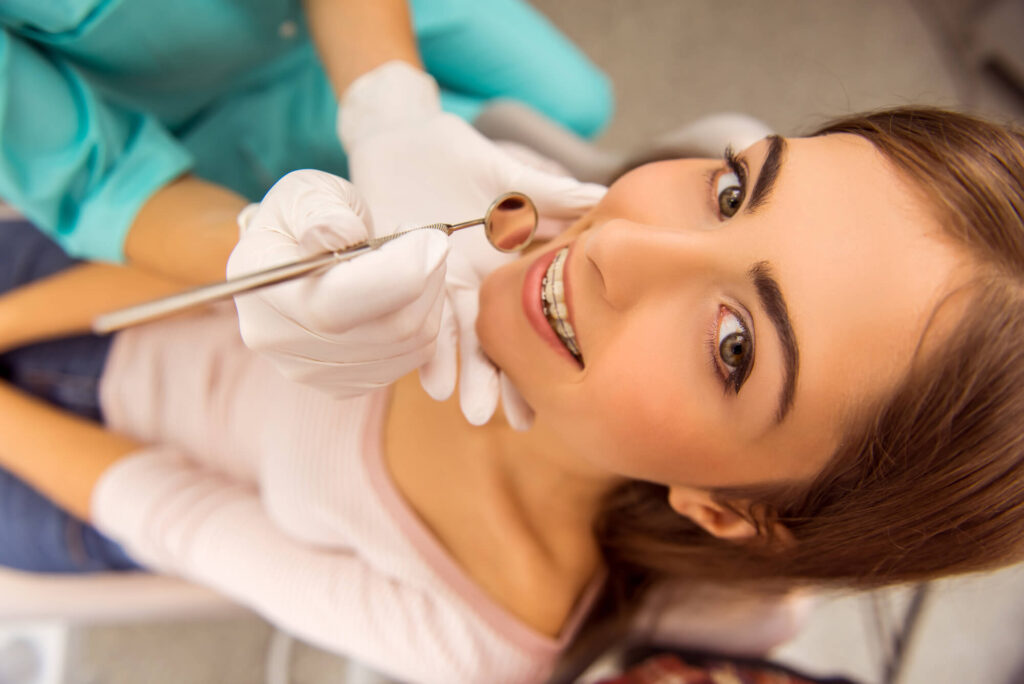From the immense wrap-around braces of the 60s to the transparent and slim design of the 2000s, braces have greatly evolved through time. Because of all the advancements, we now have Invisalign®, lingual braces, and accelerated braces in Woodland Hills. Here’s a brief discussion of how braces evolved.
A Journey Through the History of Braces
1900s
Orthodontic devices were reported to have been in existence during the Ancient Egyptian era. Nonetheless, it was only in 1900s when the term “braces” was officially coined. Although the design and work of braces before are far different from today, they still serve the same purpose.
Since there were no orthodontic standards at that time, dentists used zinc, copper, wood, or ivory. The materials used would depend on what the patient could afford.
1970s
During the 1970s, the biggest breakthrough in orthodontic techniques was the use of dental adhesive. Hence, dentists no longer had to strap the loose tooth to the adjacent tooth to force it to move. Other dental breakthroughs also included attempts of designing invisible braces, using elastic ligatures and wires to keep the alignment of the braces, and using stainless steel as a material for the brackets and wires.
2000s
Although the idea of creating invisible braces emerged in the 1970s, it was only in 2000s when it materialized. Numerous accelerated braces were created and revolutionized to cater the dental condition of every patient. For instance, traditional and lingual braces are now smaller and more comfortable.
Perks of Accelerated Braces in Woodland Hills
The most obvious advantage of accelerated braces is the treatment time. If you want a more efficient orthodontic treatment with accelerated braces, please contact Kahan Orthodontics.
**Invisalign®, the Invisalign logo, and iTero®, among others, are trademarks and/ or service marks of Align Technology, Inc. or one of its subsidiaries or affiliated companies and may be registered in the U.S. and/or other countries.


